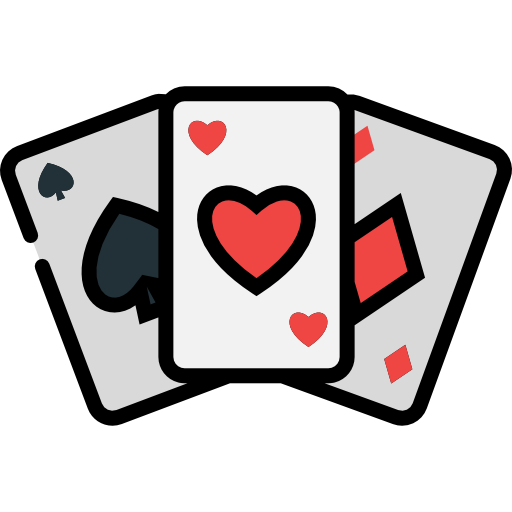TA-03. Class 33. Unit 7
🍃🍂🍁🌾🌿☘🍀🍃🍂🍁🌾🌿☘🍀🍃🍂🍁🌾🌿☘🍀🍃🍂🍁🌾🌿☘🍀🍃🍂🍁🌾🌿☘🍀🍃🍂🍁🌾🌿☘🍀
![]()
Please, remember to keep your camera on during the whole class
Make sure that your face is visible to facilitate communication with your classmates and teacher
(Student manual, articles 3 and 4): https://drive.google.com/file/d/1hL3_u2L7BEiiOC3dr82P3XYFFqY3hA8h/view
🍃🍂🍁🌾🌿☘🍀🍃🍂🍁🌾🌿☘🍀🍃🍂🍁🌾🌿☘🍀🍃🍂🍁🌾🌿☘🍀🍃🍂🍁🌾🌿☘🍀🍃🍂🍁🌾🌿☘🍀🍃🍂🍁🌾🌿☘
![]()
Warm Up: Speaking #1: https://wordwall.net/resource/102139882
- Get in groups 👩💻👨💻👩💻👨💻
- Share the screen

- Pick the cards

- Ask and answer the questions

Remember to take notes about the conversation!
........................................................
🍀🍃🍂🍁🌾🌿☘🍀🍃🍂🍁🌾🌿☘🍀🍃🍂🍁🌾🌿☘🍀🍃🍂🍁🌾🌿☘🍀🍃🍂🍁🌾🌿☘🍀
Unit 7 objectives:
• Discuss the importance of creativity
• Consider the natural creativity of children and whether it is being harmed by the emphasis on testing
• Examine unexpected outcomes of creative endeavors
• Use creativity to think of solutions to problems and report on recommendations
🍃🍂🍁🌾🌿☘🍀🍃🍂🍁🌾🌿☘🍀🍃🍂🍁🌾🌿☘🍀🍃🍂🍁🌾🌿☘🍀🍃🍂🍁🌾🌿☘🍀🍃🍂🍁🌾🌿☘🍀
7A: Rules of creativity

Read #1
- Go to page 140 📖
- Read the text in "First, second, third, and mixed conditionals".
************************************************************************

Pre-grammar: Second vs Third conditional
************************************************************************

Grammar theory #1
| Conditional | Uses and tenses | Examples: |
| First | TRUE situations in the present or the future. There is a cause in the present (simple present) and a consequence in the future (will/ be going to). |
|
| Second | IMAGINARY situations in the present or the future. There is a cause in the present (but the sentence is written in the simple past) and a consequence in the present or the future (the sentence uses would +a verb in the base form). |
|
| Third | IMAGINARY situations in the past. There is a cause in the past (use past perfect) and a consequence in the past (would + have + participle). |
|
| Mixed | IMAGINARY situations in the past with consequences in the present. There is a cause in past tense (identify the cause by looking for the "if" sentence) and a consequence in the past or the present (the sentence uses would + base form of the verb OR would + have + past participle). |
|
************************************************
Pictures taken from: https://7esl.com/english-conditionals/

***********************************************

First conditional Games
- Get in groups 👩💻👨💻👩💻👨💻
- Share your screen

- Play the game 🎮
- Check together
***********************************************
***********************************************

Second conditional Games
- Get in groups 👩💻👨💻👩💻👨💻
- Share your screen

- Play the game 🎮
- Check together
Game #4: https://wordwall.net/resource/37745729
🍃🍂🍁🌾🌿☘🍀🍃🍂🍁🌾🌿☘🍀🍃🍂🍁🌾🌿☘🍀🍃🍂🍁🌾🌿☘🍀🍃🍂🍁🌾🌿☘🍀🍃🍂🍁🌾🌿☘🍀
![]()
Work on your project
Get in groups
Wait for the teacher and work in your project.
If you have questions for the teacher, remember to write them down 😊
************************************
Step 3
In groups, answer the next questions:
- Why did you chose this topic? (individually, give at least one reason)
- What is a problem or challenge that this project will solve?
- Why is it important to solve this problem? Explain this with at least 3 reasons.
- Why is this project important for other people?
- How can people benefit from your solution(s)?
Wait for the teacher to check your answers with you.
If there is something that you don't know how to answer, write your questions and doubts about it.
************************************
Step 4: Write your guiding question
- Use the information from step 3 to write a guiding question.
Example: You are going to do research about the uses of color as cultural expressions.
Your guiding question can be this one:
How can we create awareness about the importance of preserving aboriginal cultures in Costa Rica by promoting appreciation of their arts, their traditions and their use of color? (Focus on a specific aboriginal group)
- Write your guiding question(s)
************************************
Step 5: Choose the information that you will use
- If you haven't started doing research, look for information using the internet.
- Remember to follow the instructions to choose information you can trust (Watch again the video about "Identifying fake news")
- To find the video, go to:
Canvas> Modules > Learning Fair Project Material > Preparation for Step 3- In-class Guided Research
Answer the next questions:
- How are you going to choose the information that you are going to use?
- How do you know that you can trust that information?
- Where are you going to keep the information, so everybody in your group can have access to it?
************************************
Step 7:
Start the presentation
- Organize the information
- Define who is going to be in charge of each section of the presentation
- Remember to cite (use reliable information) your sources of information
************************************

Important for the oral presentation:
- -Say why the project is important (3 reasons)
- -Describe the process of the project
- -How did you look for solutions for the problem?
- -Mention other 3 places/ situations with the same problem
- -Mention at least 3 obstacles or challenges for the project
-What results do you expect at the end? How will your project help people once it becomes a reality?
-What are your conclusions? What did you learn?
-Last slide: Remember to include references of the sources you checked
************************************



Comments
Post a Comment